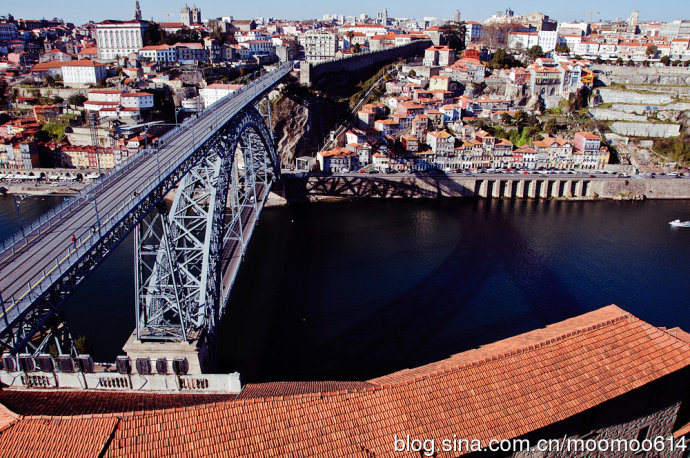museum of salagon
4A地址: 暂无
开放时间: 暂无

更多热门城市
景点印象
The museum of Salagon is situated in a valley. The different gardens are very interesting, but also the priory of Salagon is worht visiting. A good destination for a half day trip.
Went on a baking day in August. There are extensive gardens themed around medieval, kitchen, gardens from different parts of the world, it was surprisingly fascinating. You can take picnics, there;s plenty of places to sit in the shade and enjoy your food & drink. There's a small museum of a forge and lavender distillery and more.The kids even enjoyed it - there were frogs, fish and dragon flies around the many ponds. Spent a happy morning/lunch there.
If you are in the area and like gardens, don't miss this place. The visit of the building itself is also nice. It hosts good exhibits too.
If you visit expecting to see large formal gardens,this series of individual gardens may, at first glance, seem disappointing. However, look more closely. The plants are all clearly labelled with good explanations. The mediaeval garden will appeal to anyone who is interested in knowing more about what our ancestors ate and what plants they used to treat different illnesses. Life was basic! An interesting challenge for older children, with a little French (or a dictionary), would be to work out what they would have used to treat people with a range of common ailments!The abbey and the museum are interesting with clear explanations. There is a video showing one of the last barrel makers demonstrating the craft. There is also well-stocked bookshop.There is not much to interest very small children and no food is available, so take a picnic. It can get very crowded during holiday periods and also very hot in summer, so best to go early if you can.
We learned a lot throughout our visit of the Salagon museum and ethnobotanical gardens. The latter make you seriously ponder our relationship to the environment and the way that industrial conglomerates (especially pharmaceutical companies) have drastically altered our way of life. The priory itself is worth the detour: it is a splendid structure dating back to the Middle Ages, one of many you can admire in Haute-Provence.
A visit to the museum/church/priory and especially the gardens is a real treat. For anyone interested in the history of plants for both food and medicinal purposes, this is a must place to visit. The medieval garden is a real eyeopener and the limitations on plants for food in times past came as a big surprise.There are temporary and permanent exhibitions and we were particularly impressed with the video describing the hand making of barrels.Anyone looking for a book on the history of plants or their medical uses need look no further than the excellent bookshop and library.There is a large car park but bring a picnic if you intend to be there all day as there is no provision for refreshments. On the other hand, there are lots of suitable picnic spots throughout the gardens.
un haut lieu de l'histoire du moyen âge, une restauration et un entretien des lieux de grande qualité. La visite des expositions, saisonnières ou permanentes est très intéressante et pédagogique.
un endroit à visiter. Incontournable il faut y aller quand on est dans les alpes de haute provence. Il faut le faire sur les 4 saisons et se prévoir soit plusieurs visites dans l'année soit plusieurs visites en plusieurs années, car à chaque saison sa floraison, ses jardins et ses attractions
Très bel endroit où l'on peut facilement passer la journée en flanant pour peu que l'on ait pensé à son picnic.... Nous y reviendrons au printemps car les fleurs étaient rares en ce milieur d'automne.
Un lieu bien agreable a visiter en flanant doucement conseil prevoir son picnic et rester dans le parc aux milles odeurs .
Molto bella e suggestiva la chiesa ed istruttivi e particolari gli orti/giadino inerenti le varie epoche storiche con tante piante officinali e curative,aree attrezzate per pic nic e tanto verde e relax.
Wir waren fast einen ganzen Tag dort, es war so sehenswert und erholsam.Die Blütenpracht war fantastisch. Es gab dort viel zu sehen, Blumen, Pflanzen aber auch Gebäude.Unbedingt dort hinfahren.
Dans un très joli site ce musée propose à la fois des jardins et des potagers très variés regroupant un nombre de plantes impressionnants et des salles de musée très intérressantes en particulier les salles sur le fer et celles sur la lavande.Très riche, ce musée nécessite d'y consacrer un temps important si l'on souhaite visiter l'ensemble des jardins et des salles de musée.En conclusion, n'hésitez pas à faire le détour
Très joli site. Architecture et histoire du prieuré. Très intéressants musées sur la lavande (contre toute attente nous sommes restés scotchés pendant presque toute la totalité d'un documentaire de 55' sur la Lavande) et le fer.Et des jardins tous plus riches et beaux les uns que les autres.Et tous ceux qui nous accueillent jusqu'au "libraire" sont tous plus souriants les uns que les autres.
c'est un lieu apaisant et agréable à visiter. Vous avez différentes expositions très bien fournies. Le prieuré est magnifique. Et surtout vous avez les différents jardins, et on a apprécié de voir un potager de l'époque moyenâgeuse, on apprend beaucoup de choses. Et avec des enfants c'est très bien. Ils ont une super boutique, où vous pouvez acheter des produits provençaux de qualités avec un prix raisonnable : coussin à la lavande bio pour 1€50, des cartes postales, des livres,.... N'hésitez pas à prendre soit le passeport des musées de la région (à la deuxième visite vous avez des prix sur les musées de la région et il n'a pas de validité dans le temps) ou vous pouvez aussi avoir une réduction de deux euros via des coupons que vous trouvez à l'office de tourisme, auprès des professionnels du tourisme (campings, hôtels). Cela vous permet d'avoir de visiter le musée pour 5 euros au lieu de 7 euros.


